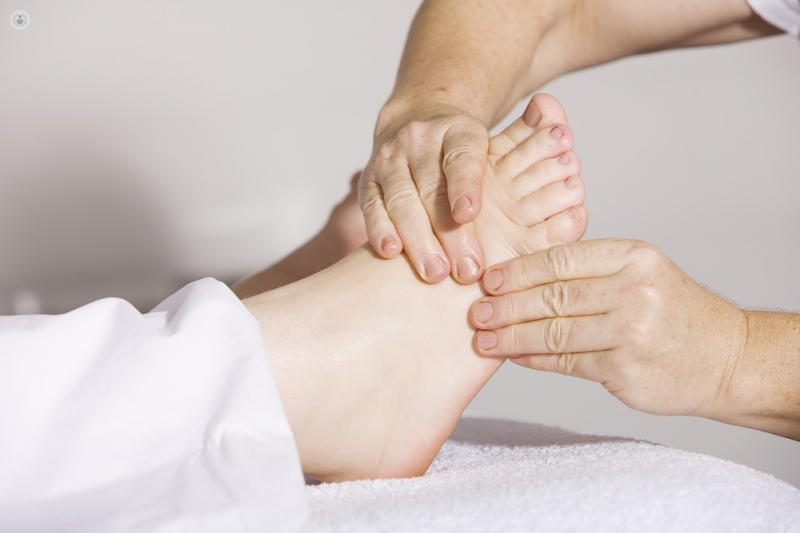


What is kinesiotherapy?
Kinesiotherapy is the core element of physical therapy (physiotherapy), using both active and passive movements of the body to strengthen the muscles or rehabilitate injuries, and enhance the individual’s mobility, endurance, and strength. According to some descriptions, it differs from physical therapy in that physical therapy emphasises preventative care, while kinesiotherapy emphasises enhancing the patient’s overall physical conditioning.
Why is it done?
Kinesiotherapy is used to treat injuries and diseases of different origins but, above all, it is recommended in people with muscular problems, such as tendonitis, plantar fasciitis, back pain, and degenerative musculoskeletal disease.
What does kinesiotherapy consist of?
Kinesiotherapy consists of rehabilitation techniques based around movement of the body to treat physical ailments. This often includes stretching the muscles, tendons, and ligaments, either actively (i.e. the patient performs the stretches themselves) or passively (the kinesiotherapist manipulates their body manually). Massage may also be used to manipulate the patient’s muscles. The patient may also have to perform exercises designed to strengthen the muscles, some of which may involve special apparatus.
Preparation for kinesiotherapy
No specific preparation is necessary for kinesiotherapy, since it is a totally physical therapy that does not use any type of anaesthesia, apparatus or medication.
